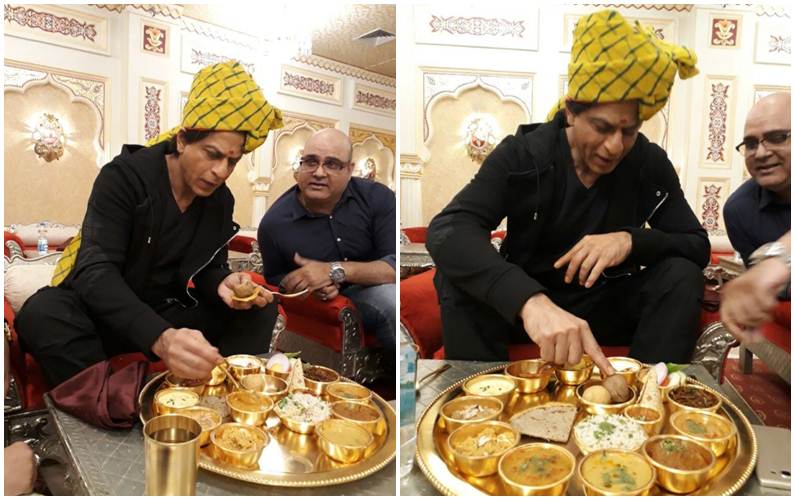
It promises to be a heavy-duty Monsoon Session for the Narendra Modi government in Parliament. From Monday, the Opposition is likely to put the government through some litmus tests on vital issues that may not affect its standing within Parliament but will definitely test its ability to take some firm decisions and stand up for those it has already taken.
While there are several issues almost begging for a heated debate, the most important will be the election of the new President of India slated for Monday.
Polling will take place between 10 am and 5 pm at Room No 62 in Parliament House. The two main contenders for the country’s top post are NDA candidate Ram Nath Kovind and Opposition nominee Meira Kumar.
Apart from this, the India-China border crisis, Amarnath terror attack, lynching by cow vigilantes, farmers’ agitation and of course, the GST, are likely to be on top of the Opposition’s agenda as it gets an official opportunity to demand answers from those in power. However, the Modi government has already tried to shore up its defences.
To begin with, it has saved the Parliament quite a bit of pandemonium by calling an all-party meet on the India-China border issue on 14 July. In doing so, the government has already achieved consensus on one of the most pressing issues. This is being billed as an astute move by the government, not just to achieve consensus but also to make the functioning of the Parliament smoother as it gets down to business on Monday.
Political activities ahead of D-day
As is the custom, ahead of the 12th session of the 16th Lok Sabha, the government called an all-party meet on Sunday at 11 am to determine the Opposition’s agenda and communicate its own stand. It was attended by leaders of various parties in both the Houses of the Parliament. The prime minister addressed the meeting. However, Trinamool Congress (TMC) reportedly skipped the meeting.
Congress president Sonia Gandhi convened a meeting of Congress MPs at 4 pm. Launching a scathing attack on the NDA government, she stated that the presidential election was a fight against “narrow-minded, divisive and communal vision”. Addressing Opposition leaders in the presence of their presidential and vice-presidential candidates — Meira Kumar and Gopalkrishna Gandhi — she said in these contests the numbers might be against them but “the battle must be fought and fought hard”. This meeting was followed by high tea.
Narendra Modi met NDA MPs at Parliament Library at 5 pm.
According to sources, both Meira Kumar and Gopalkrishna Gandhi met MPs of 18 non-NDA parties in a closed-door meeting and made presentations. Speaker Sumitra Mahajan called a meeting at 7 pm, the objective of which was to deliberate on the issues that are likely to be discussed in the Monsoon Session.
Issues likely to dominate Monsoon Session
The Opposition is expected to create pressure on the government on the following issues: Madhya Pradesh farmers’ agitation, Goods and Services Tax (GST), cow vigilantism and lynching by right-wing fringe elements, India-China border issues, India-Pakistan border issues, Kashmir, and the security lapse that led to the killing of pilgrims during Amarnath Yatra.
The Monsoon Session is also likely to discuss some acts which have been pending in Parliament for a long time. The session, scheduled between 17 July and 11 August, will witness a total of 19 sittings. The agenda for legislation includes 18 bills for consideration and passing. There are 16 bills listed for introduction, consideration and passing.
14 July all-party meeting: An astute move by government
The Modi government has insulated itself from any attack from Opposition on the border issue by garnering unconditional support from them during an all-party meeting convened by external affairs minister Sushma Swaraj on 14 July.
“It is important for Narendra Modi to stand firm on this border issue with China so that he can prove that he’s no Atal Bihari Vajpayee or Manmohan Singh. Because these two former PMs gave concessions to China and allowed Chinese military to have its own way,” political analyst professor MD Nalapat said.
“In fact, it is Pakistan who’s instigating Chinese military and the latter is serving Pakistan’s objective. Modi has taken a strong decision of keeping the troops stationed at Doka La to prevent China from constructing the road. By securing support from Opposition during all-party meet on Friday, the prime minister has already taken a leap ahead. Comparatively, the NDA government will be in an advantageous position during the Monsoon Session,” he added.
While addressing the customary all-party meet called by the parliamentary affairs minister Ananth Kumar on Sunday — a day ahead of the first day of the Monsoon Session — Modi asserted that while Indians believe that the cow is like our mother, people should not take the law into their own hands. Modi said that cow vigilantism should not be given political or communal colour as the nation doesn’t benefit from it.
This statement has, once again, clarified his intent on the issue of cow vigilantism and lynching. The Opposition has decided to pursue this issue aggressively on the floor of Parliament.
The day’s programme
On the first day of the Monsoon Session, the Lok Sabha will not conduct any business. The session will begin at 11 am and the following members will take an oath or affirmation, sign the Roll of Members and take their seats in the House: Farooq Abdullah (Srinagar Parliamentary Constituency, Jammu and Kashmir) and PK Kunhalikutty (Malappuram Parliamentary Constituency, Kerala).
It will be followed by obituaries honouring the following Members of Parliament (MPs): Vinod Khanna (sitting member LS), Anil Madhav Dave (Union minister of state and member Rajya Sabha) and former MPs Subedar Prasad Singh, Ajit Kumar Saha, Era Sezhiyan and Narayan Chaudhary.
The House will then adjourn.
In the Rajya Sabha, tribute will be paid to Akhilesh Das Gupta (former member), sitting members Anil Madhav Dave and PG Reddy and ex-members Dasari Narayan Rao, C Narayan Reddy and UK Lakshmana Gowda.






